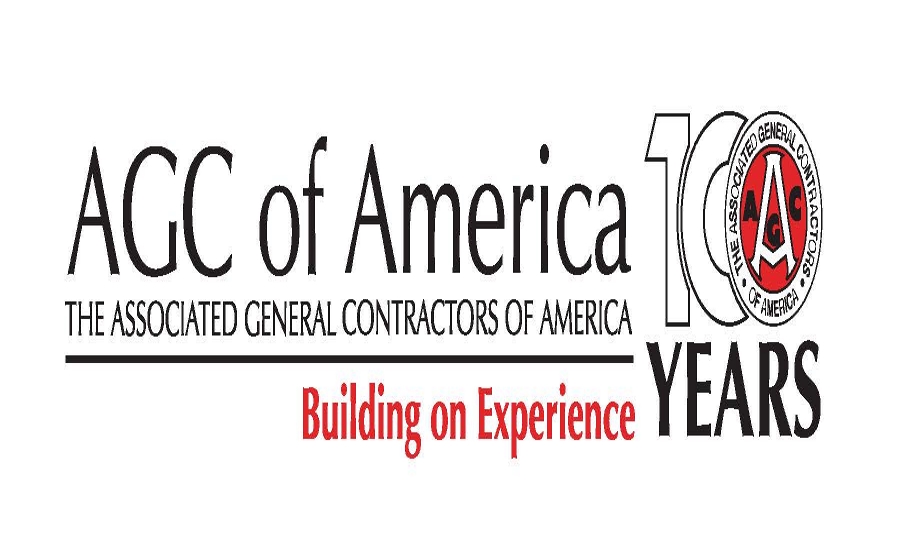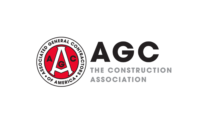Construction spending declined in June from May 2019 and June 2018 levels, but most categories other than single-family homebuilding ended the first half of the year ahead of the year-to-date totals for 2018, according to an analysis by the Associated General Contractors of America of new federal spending data. Association officials said that the monthly declines in construction spending may reflect the fact contractors are having a difficult time finding enough workers to keep pace with demand.
"Although the initial estimates for spending in June show decreases from May in all major categories, the first half of 2019 as a whole has been positive, aside from single-family construction," said Ken Simonson, the association's chief economist. "The initial monthly estimates have mostly been revised upward, making the six-month year-to-date totals a more reliable indicator of underlying trends."
Construction spending totaled $1.287 trillion at a seasonally adjusted annual rate in June, a drop of 1.3 percent from the May rate and 2.1 percent from the June 2018 rate, according to estimates the U.S. Census Bureau released. For the first six months of 2019 combined, spending dipped by 0.5 percent from the same period in 2018.
Public construction spending slipped 3.7 percent for the month but jumped 10.1 percent year-to-date. Spending in the first half of 2019 was up sharply for most public infrastructure, with year-to-date increases of 14.5 percent for highway and street construction spending, 7.1 percent for transportation (airports, transit, rail and port) spending, 16.2 percent for sewage and waste disposal, 15.1 percent for water supply and 12.2 percent for conservation and development.
Private nonresidential spending declined 0.3 by percent from May to June but the six-month total was 1.7 percent higher than in January-June 2018. Major private nonresidential categories experienced mixed first-half results. The largest, power construction (comprising electric power generation, transmission and distribution, plus oil and gas fields and pipelines), inched up by 0.3 percent year-to-date. Commercial (retail, warehouse and farm) construction decreased by 9.9 percent. Manufacturing construction posted an 11.6 percent gain. Private office construction spending rose 8.6 percent.
Private residential construction spending declined 0.5 percent for the month and 7.8 percent year-to-date. Single-family homebuilding decreased 7.0 percent in the first six months of the year, while spending on multifamily projects increased 11.5 percent. Spending on residential improvements plunged 13.8 percent year-to-date.
Association officials said that one reason construction spending declined between May and June is because contractors cannot find enough qualified workers to keep pace with demand. They noted that seventy-eight percent of construction firms reported earlier this year having a hard time finding enough qualified workers to hire. As a result, the drop in construction spending in some categories in June likely reflects the fact firms are turning down or delaying projects until they have enough people on hand to do the work.
"The reason construction workforce shortages are a problem is their potential to undermine broader economic growth," said Stephen E. Sandherr, the association's chief executive officer. "That is why Congress and the administration should boost funding for career and technical education and make Pell Grants eligible for students studying construction at career and technical colleges."



